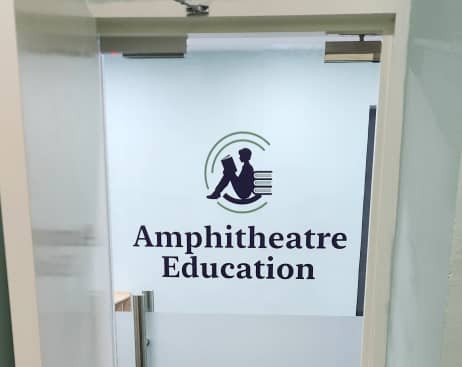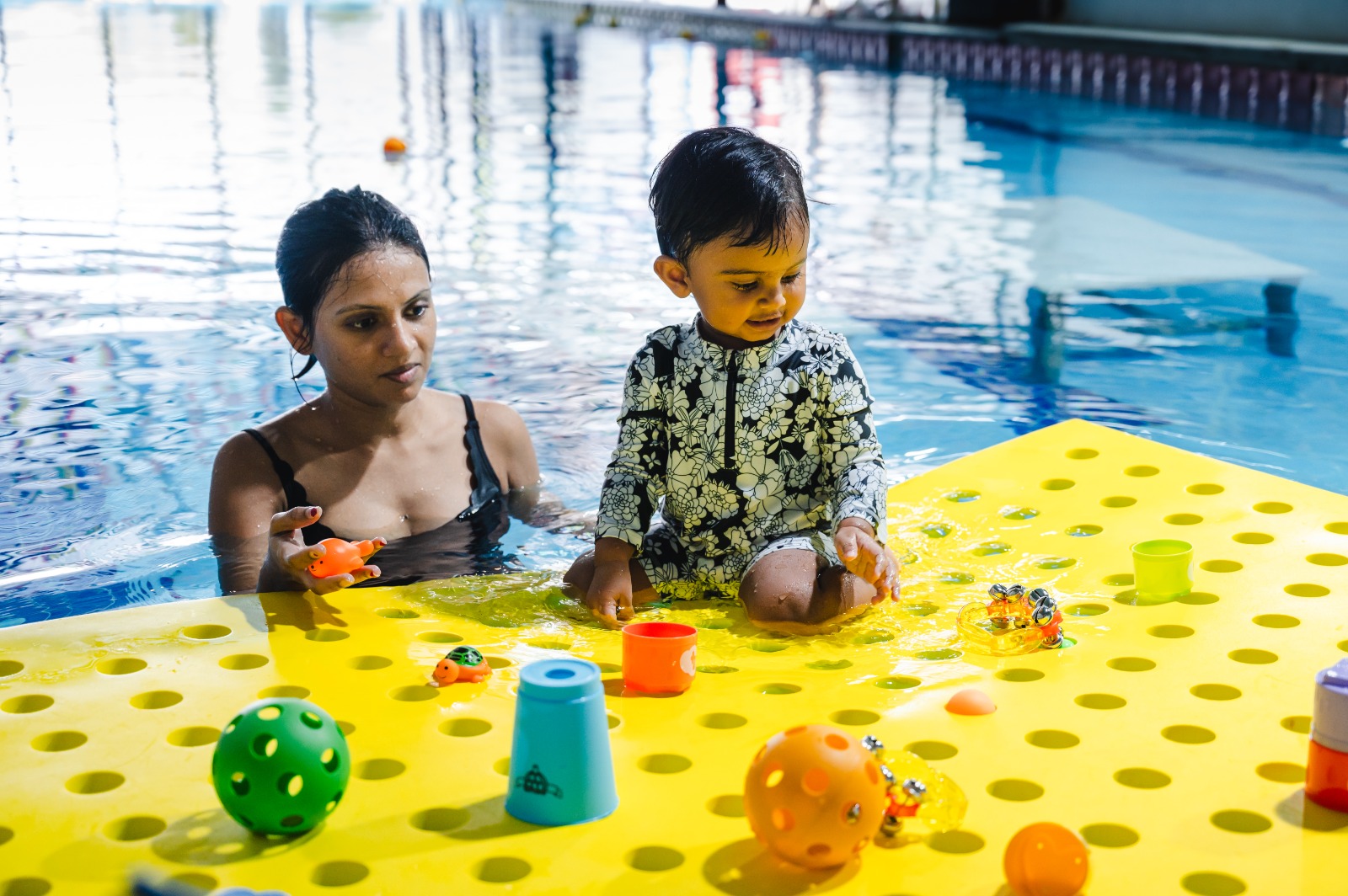As Malaysian parents prepare to enroll their children in primary school, it’s crucial to understand the differences between the two main types of public schools available: Sekolah Jenis Kebangsaan (Cina) or SJK(C) and Sekolah Kebangsaan (SK). In addition, both are integral parts of the Malaysian school system. They offer distinct experiences and advantages. Let’s explore these differences to help you make an informed decision for your child’s education.
What is SJK(C)?

SJK(C) stands for Sekolah Jenis Kebangsaan (Cina), which translates to National-Type Chinese School. These schools use Mandarin as the primary medium of instruction, with Malay and English taught as compulsory subjects.
What is SK primary school?

SK, or Sekolah Kebangsaan, refers to National Schools. These primary schools use Bahasa Malaysia as the main language of instruction, with English taught as a strong second language.
In summary, let’s examine the 10 key differences between SJK(C) and SK schools:
| Aspect | SJK(C) | SK |
| 1. Medium of Instruction | Mandarin | Bahasa Malaysia |
| 2. Second Language | Bahasa Malaysia | English |
| 3. Cultural Focus | Chinese culture and traditions | Multicultural Malaysian identity |
| 4. Class Size | Generally larger | Often smaller |
| 5. Academic Pressure | Typically higher | Relatively moderate |
| 6. Extracurricular Activities | Strong focus on Chinese cultural activities | Diverse range of activities |
| 7. Teaching Style | Often more structured and disciplined | Generally more relaxed |
| 8. Homework Load | Usually heavier | Typically lighter |
| 9. Language Proficiency | Strong Mandarin skills | Strong Bahasa Malaysia skills |
| 10. Student Demographics | Predominantly Chinese | More diverse ethnic mix |
In addition, these differences highlight the unique aspects of each school type within the Malaysian school system. SJK(C) and SK schools follow the national curriculum and prepare students for the same standardized exams.
Several factors need to be considered by parents:
| Factor to Consider | SJK(C) | SK |
| Language Preferences | Focus on Mandarin fluency | Strong foundation in Bahasa Malaysia |
| Cultural Emphasis | Deeper immersion in Chinese culture | More multicultural environment |
| Academic Expectations | Often higher academic pressure | Generally more moderate expectations |
| Future Educational Plans | Consider long-term goals, secondary school options, and potential overseas study for both | – |
| Child’s Personality & Learning Style | Often more structured and disciplined approach | Generally more relaxed teaching style |
| Location & Convenience | Consider proximity to home and transportation options for both | – |
Remember, there’s no one-size-fits-all solution. The best choice depends on your family’s unique circumstances, values, and your child’s individual needs.
In addition, choosing the right primary school is a significant decision that can shape your child’s educational journey. In addition, you opt for an SJK(C) or SK school, both can provide a solid foundation for your child’s future.
To find nearby primary schools and make informed choices for your child’s future. Explore GogoKids’ comprehensive directory of Malaysian schools – your one-stop search for quality education. Click HERE to visit our Primary Schools directory today!

The Ultimate Guide to Taekwondo Belts: Unlocking Levels and Secrets

8 Must-Join Enrichment Classes to Skyrocket Your Child’s Skills

In Malaysia’s diverse educational landscape, an increasing number of non-Chinese parents are choosing Chinese primary schools for their children. This trend reflects changing perceptions about education and future opportunities. Let’s explore five key reasons behind this growing preference: 1. Strong Foundation in Mathematics and Science Malaysian Chinese primary schools are known for their strong emphasis […]




